Curated by Naoto Fukasawa, an exhibition championing the unassuming everyday Japanese mingei handicrafts is currently on show at 21-21 Design Sight in Tokyo’s midtown.

Based on the artistry of the anonymous and amateur craftsperson, mingei (traditional Japanese handicrafts) and its ethos were founded on characteristics related to local climates and customs that held no hierarchy, and instead reflected a daily functionalism.
Famously coined by Sōetsu Yanagi in the late 1920s and ’30s, the mingei movement simply championed the perfectly imperfect craft of the ordinary person, at a critical time against Japan’s rapid industrialisation and modernisation.
The exhibition MINGEI – Another Kind Of Art explores exactly as its title describes: another type of art. That is, honest, everyday objects that were purely created and now considered collectible.

The show was curated by acclaimed Japanese product designer Naoto Fukasawa, who also currently holds the position of Director of the Folk and Crafts Museum in Tokyo (where many of the exhibition works have been borrowed from). Fukasawa is an avid mingei collector himself. Quotes from him are dotted through the exhibition reflecting his admiration and passion for each object.
Fukasawa himself is enthralled by an attitude of honest creation. He explains:
The history and basis of mingei focused on how to best leverage a material’s traits. Formed over generations, each technique varied based on function and reflected primary needs – from traditional Japanese mino straw coats used in the north that repelled water or snow, to sashiko indigo-dyed and embroidered linen clothing worn by farmers and fishermen.
Featuring over 146 works, the exhibition includes preserved works as well as contemporary pieces that reflect twenty-first-century craftspeople. The exhibition showcases works from renowned stencil dye artist Samiro Yunoki to Naoto Fukasawa’s own personal collection of kogei, including artifacts from China’s Song Dynasty to the Joseon Period and some antique markets in Beijing.
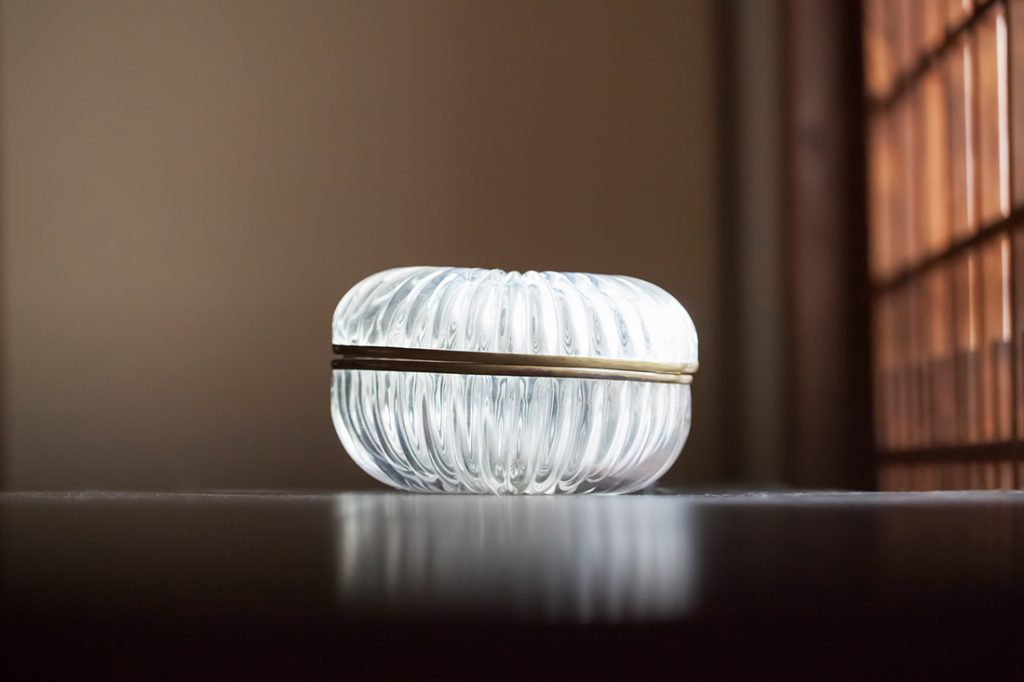
Mariko Ohya ‘Modern Photographs of MINGEI “Lidded chrysanthemum-shaped food container made of mould-blown glass”’
Says Fukasawa: “These honest creators want anything but to be slotted into a category. They possess an aloof attitude of not wanting to be restrained by form or method. Mingei entails a freedom on not demanding a set finished look.”
Most commonly, mingei works were created from natural materials, including their decorative elements. Such was used in urushi lacquerware, made from wood and tree sap, with experimental additions including broken pearl or egg shells – something that particularly surprised Fukasawa. “How did the craftspeople think of attaching egg shells to the surface? I was surprised when I noticed that the egg shells had been attached simply in the shape they had cracked.”
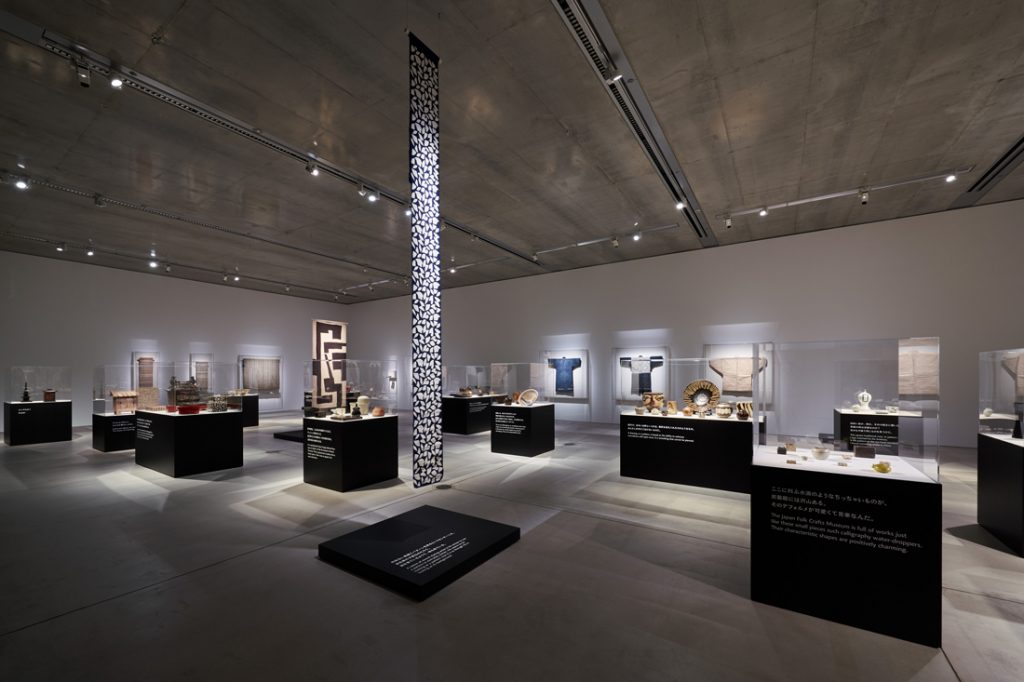
Above all, the exhibition presents the craft and art of mingei traditional works and their ongoing importance in a contemporary context. Each piece was created through perseverance and possesses a value that a machine is incapable of producing.
Fukasawa notes: “We don’t need information about who, when or how it was made. It’s simply about looking at a creation, being enthralled by its charm and thinking, ‘Wow, that’s amazing.’”























MINGEI – Another Kind Of Art will be open at 21-21 Design Sight in Tokyo until 24 February 2019.
INDESIGN is on instagram
Follow @indesignlive
A searchable and comprehensive guide for specifying leading products and their suppliers
Keep up to date with the latest and greatest from our industry BFF's!

The undeniable thread connecting Herman Miller and Knoll’s design legacies across the decades now finds its profound physical embodiment at MillerKnoll’s new Design Yard Archives.
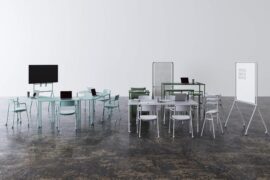
Welcomed to the Australian design scene in 2024, Kokuyo is set to redefine collaboration, bringing its unique blend of colour and function to individuals and corporations, designed to be used Any Way!
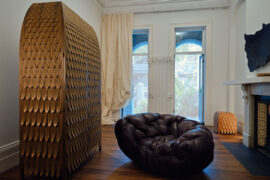
Trent Jansen’s first Sydney solo exhibition in years celebrates the poetry and stories that grow from collaborative making as well as the importance of co-creation.
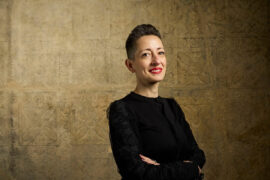
As French-Lebanese Architect Lina Ghotmeh prepares for lectures in Melbourne and Sydney, we hear about the philosophy shaping her internationally celebrated practice.
The internet never sleeps! Here's the stuff you might have missed

Discover the range designed to let people gather and ideas flow
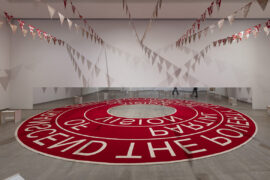
‘Breathing Helps’ is a major solo exhibition bringing together Nolan’s large-scale works with new commissions and performances.